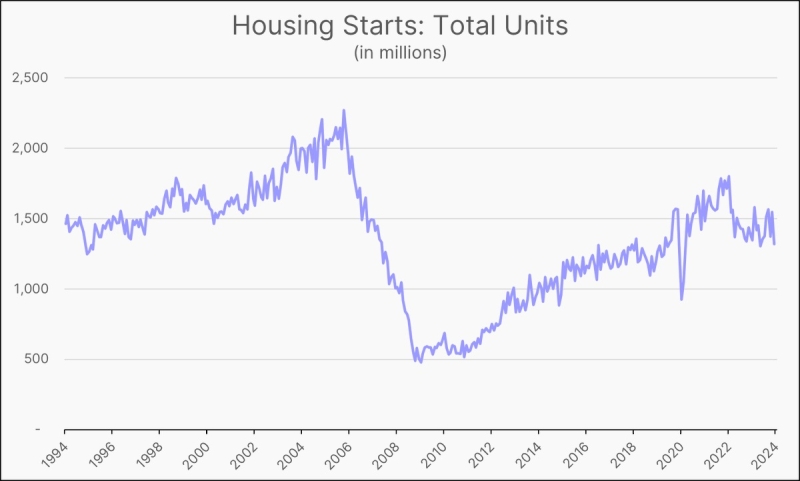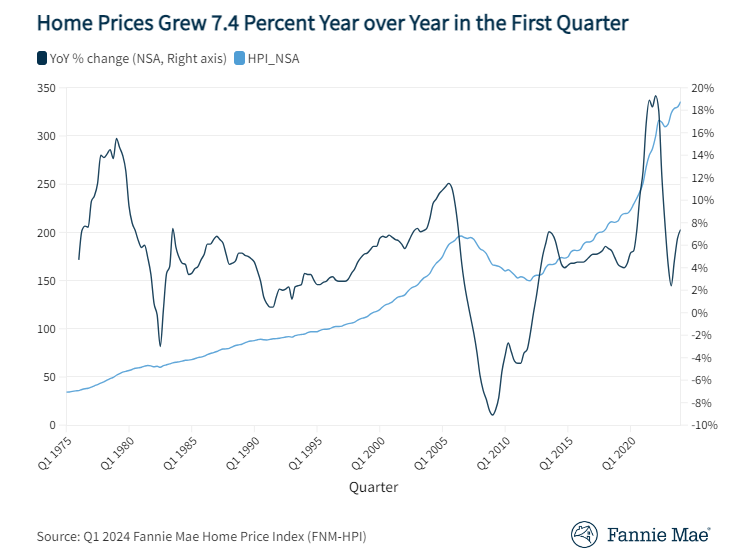What Exceptional Leaders See

 Most businesses are loaded with stress and demands for results under inevitable time pressure. To meet the increasing workloads, the most effective leaders spend valuable time observing operations, and the people doing the work. Leaders take time to be empathetic, see each individual, and lead from a place of understanding. Being able to see the unique strengths of a person sets true leaders apart. This article explores what an exceptional leader sees and how to implement.
Most businesses are loaded with stress and demands for results under inevitable time pressure. To meet the increasing workloads, the most effective leaders spend valuable time observing operations, and the people doing the work. Leaders take time to be empathetic, see each individual, and lead from a place of understanding. Being able to see the unique strengths of a person sets true leaders apart. This article explores what an exceptional leader sees and how to implement.
An internal and external view
Internal
The first step is reviewing our self-awareness to better understand how we tend to justify our behaviors. In the book, Mistakes Were Made (but not by me), authors Carol Tavris and Elliot Aronson discuss the concept of cognitive dissonance. They state, “Cognitive dissonance is a state of tension that occurs whenever a person holds two cognitions (ideas, attitudes, beliefs, opinions) that are psychologically inconsistent.” An example of this is drinking soda when we know it is bad for us. In this example to reduce dissonance, we would decide to quit drinking soda. However, if we fail, we must reduce the dissonance by convincing ourselves it really is not that bad for us anyways. From a leadership perspective, we can bark orders at our team. We know deep down it is best to ask for collaboration, yet to reduce the dissonance we justify that we are in charge and our team should take orders with no input or opinions.
The best leaders take time for self-reflection and how they impact others. They invest in executive coaches who are paid to challenge and disagree with them; to ensure they are taking time to formulate decisions versus being reactionary. Abraham Lincoln was one of the rare presidents with a cabinet of political opponents versus allies willing to disagree with him. It is challenging to truly see ourselves without enlisting a third party via trusted mentors, friends or coaches. Why do sporting teams focus on finding superior coaches? They hire the best coaches to win, and even more, organizations are using coaches to guide towards success.
External
The second step is to recognize that one size does not fit all; and how to fully utilize the varying assets, personalities, and generational mixes of our employees. The best leaders take time to disperse tasks and formulate teams to accurately play to each person’s strengths. The up and coming leaders also see ways to tap into the generational gaps present in the workplace.
The views of these generations contrast vastly from the type of working environment, motivating factors, technological know-how to setting career goals. For instance, a company that is led by Traditionalists (1925-1945) and Baby Boomers (1946-1964) tend to lead to a command and control style of leadership set by strict rules. They prefer a more formal working environment, are motivated more by self-worth, believe in personal contact in interactions, and tend to have careers at one company or industry. On the other hand Generation X (1965-1980) and Generation Y (1981-2000) prefer a more casual working environment, are motivated by security yet ability to maintain work life balance, were the first generations to be brought up with the use of technology, and tend to work more towards skills that are transferrable and can juggle parallel careers. This knowledge of what motivates each generation is helpful in the compilation of teams; as we can pair using the wisdom and strong work ethics to build the best operational practices with the latest technology by leveraging the expertise of Generation X and Y.
Coming together
Through the differences, it is universal that we all do well with leaders that focus on appreciation, respect, trust, and empower teams to add value to the company. Exceptional leaders know the best ways to motivate, retain quality talent, and cultivate job satisfaction.
Internal and external insights provide input to make informed decisions. For instance, taking time to ensure our employees are aligning goals to their strengths will pay off in the long run. Hounding an employee to focus on something they do not enjoy is not motivating. For example, many years ago, I realized that I was an extreme micro-manager and also had a hard time delegating work. I was not able to focus on more strategic visions. I took my internal tasks and divided them with my team to fit our strengths and allow alignment towards our best attributes. We all have more job satisfaction and dedication to the team. I am constantly checking in with how they are doing, how I can help them be successful versus pushing them. As their leader, I use a variety of coaching resources to help guide and mentor to be my best; knowing I will never be perfect.
How to implement
To implement a culture in which we see the big picture at an employee and organizational level, one of the most effective techniques to utilize is a term called Asset-Based Thinking that is depicted in the book Lead Positive, What Highly Effective Leaders See, Say, and Do by Kathryn D. Cramer. Asset-Based Thinking (ABT) means, “To look at yourself and the world through the eyes of what is working, what strengths are present, and what potentials are. Conversely, deficit based thinking means to look at yourself and the world in terms of what is not working, what is lacking, and the gaps between where you are and where you want to be.” Cramer best describes this type of leadership in the example of Mayor Giuliani after 9/11. In a press conference, he stated, “I don’t think we want to speculate on the number of casualties. The effort now has to be to save as many people as possible.” There was an outpouring of volunteers at Ground Zero that saved an estimated twenty thousand civilian lives. Cramer best described this event, “Note how Giuliani saw and focused on amazing acts of heroism amid the horrific aftermath of the attacks. More important, he communicated the importance and value of that heroism to the world. By biasing his attention toward the positive and possible, he led a success rescue operation.”
By focusing on the lesson to learn, the possibility to improve operations, the positive side of how to work together, leaders can set the tone to always look for the bright side of any challenge. A team that feels empowered by their leadership will in turn take more pride and personal accountability.
In conclusion, exceptional leaders see themselves, their organization, know the diversities, and are able to connect with differing styles. Leaders understand expectations, and what emotion is driving their behavior is far more productive as opposed to jumping to a judgment based on stereotypes or preferences. It is important to take time and build the trusting relationship where each individual brings ahead their potentials and works toward the common goal. A strong leader is willing to take accountability for their role in any challenging scenario to guide their team to rise above. They will encourage others to reach their own personal best, lift others up to shine, look for their unique gifts, realize the best in others, and celebrate what we all have to offer while working together as a team.
Kerry W. Elam is managing director of operations and human resources with Actualize Consulting. She oversees the finance, marketing and recruiting functions of the firm, and is also responsible for facilitating knowledge management, training and social activities for the employees of the firm. She may be reached by phone at (703) 868-1506, e-mail [email protected] or visit www.actualizeconsulting.com.
This article originally appeared in the April 2015 print edition of National Mortgage Professional Magazine.





